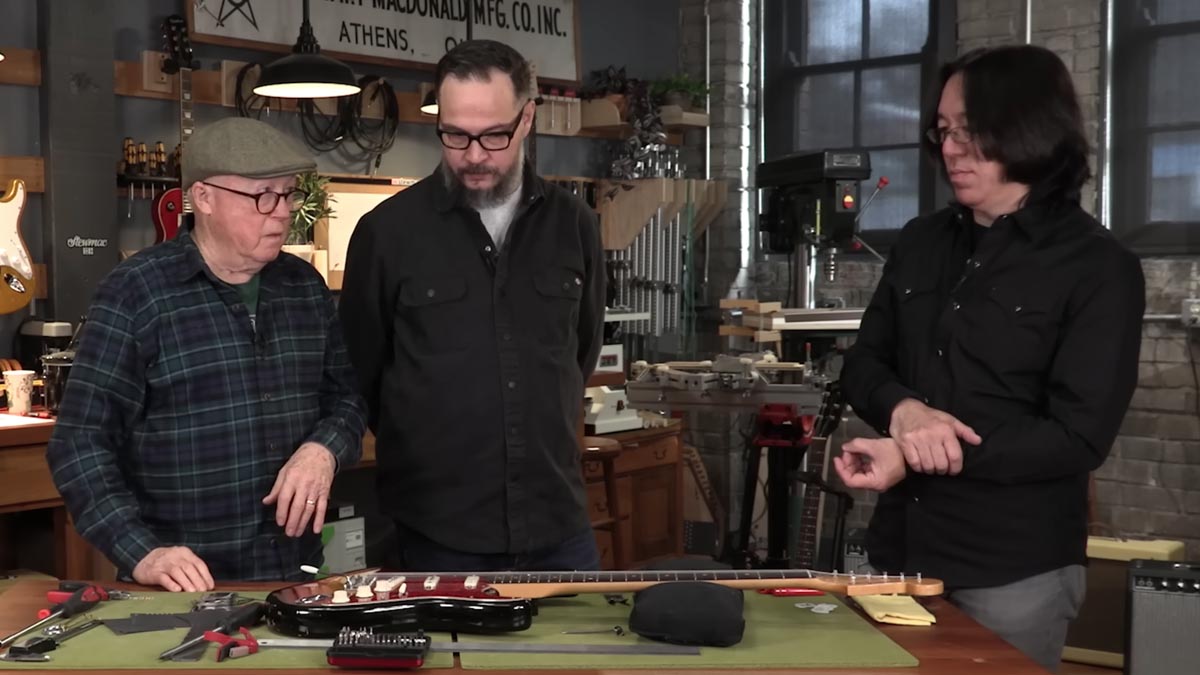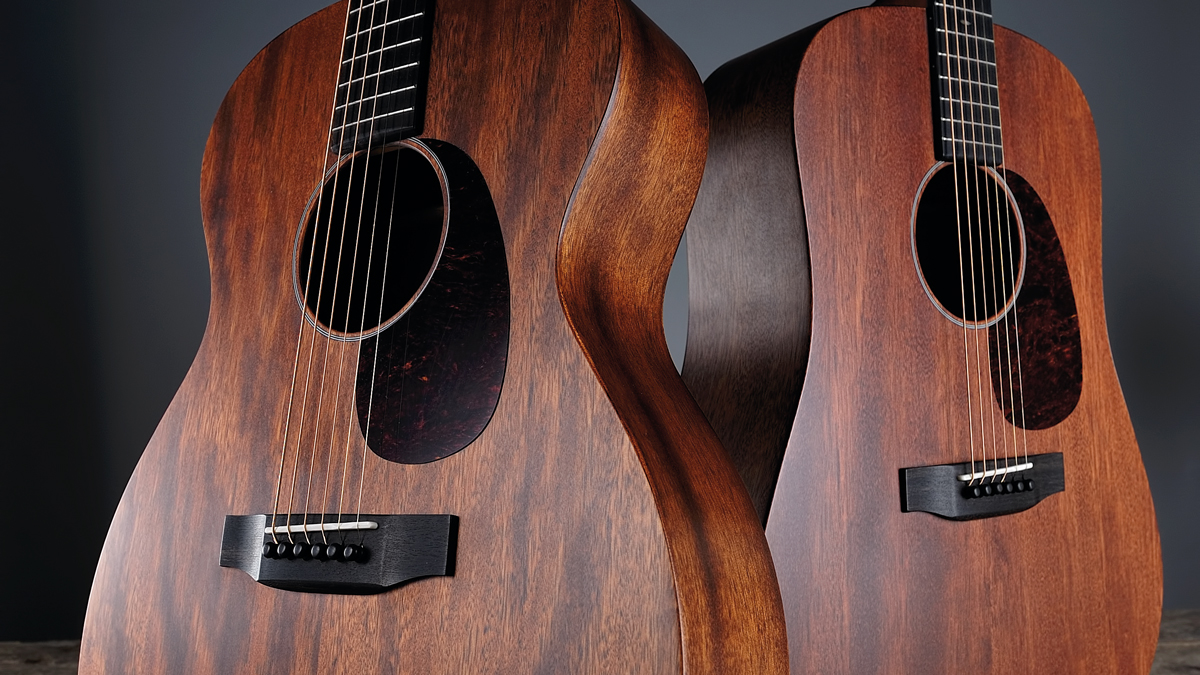Confused about setting up your guitar? The legendary Dan Erlewine, luthier Gene Imbody and Berklee’s Tomo Fujita have shot a 6-point lesson video to help
The three wise men of electric guitar converge in the workshop to dispense wisdom on how to change your strings, adjust the truss rod, set your action, adjust pickup heights, intonation and more

In an information ecosphere that’s awash with advice on how to care for your electric guitar sometimes it can be confusing on which way to turn. Your local guitar store can help. Friends, too. But Sometimes you have got to refer such matters to a higher authority and consult the masters.
Well, besides offering a prayer to the heavens, you don’t get a higher authority in guitar maintenance than the legendary Dan Erlewine, and the bona-fide guru of guitar – who has literally written the book on how to set your guitar up – has shot a how-to video with fellow luthier Gene Imbody and the man who taught John Mayer, Berklee College of Music professor Tomo Fujita, to take some of the pain away from what should be easy jobs anyone can do.
The lesson offers a six-point plan that covers the every day habits of guitar maintenance including string changes, truss rod adjustment, setting the action, and the intonation, adjusting the height of your electric guitar pickups, and finally, some general tips that will expand the beginner guitar player’s knowledge – and that of the recalcitrant expert – and deepen their understanding of the instrument.
Think of it as road map for a better relationship with your guitar. It’s not modding 101. No one is rerouting a body to retro-fit a Floyd Rose vibrato. These skills are the bread and butter of guitar playing, and familiarising yourself with them can be the difference between sounding good and sounding terrible. Any good guitar tech will tell you, the setup is everything to a guitar.
Everyone can change strings, though, right? Well, the vast majority can get the strings through the tuners and on the guitar, but there is a lot of room for error – leaving too much or too little string on the tuning peg, not stretching the strings – that can seriously affect tuning stability when you plug in and play.
Fujita steers this segment, advising us to stretch strings three or four times, then let 'em settle and repeat. Stretch the entirety of the string and do remember that you’re not down the gym; show a little restraint, particularly if you are a mortal who is playing with a set of 9s or 10s.

• And for the great unplugged, here are 10 must-know acoustic guitar DIY maintenance tips, including neck alignment, nut problems and more...
We all appreciate good tuning. And whether it’s the neighbour’s cat, the family dog, or a sold-out Madison Square Garden, your audience will especially appreciate good tuning. But tuning doesn’t begin and end at the tuners, and here we are reminded on the importance of intonation, and how we can set it so that the guitar is in tune with itself all over the fretboard.
Want all the hottest music and gear news, reviews, deals, features and more, direct to your inbox? Sign up here.
“There is a lot that goes into a setup,” says Imbody. “This is a lot to take in. So we have a lot of different videos that will take you through all the details of how to do a setup. We are just giving you a basic overview that just about anybody can do, with a little bit of work, a little practice, some basic tools you can set up your guitar. This is totally doable.
The StewMac YouTube channel is well worth subscribing to. As Imbody says, there are many other videos covering these topics and more in-depth, and the tools needed for these jobs are readily available via StewMac and elsewhere, and are none too intimidating.
Jonathan Horsley has been writing about guitars and guitar culture since 2005, playing them since 1990, and regularly contributes to MusicRadar, Total Guitar and Guitar World. He uses Jazz III nylon picks, 10s during the week, 9s at the weekend, and shamefully still struggles with rhythm figure one of Van Halen’s Panama.
